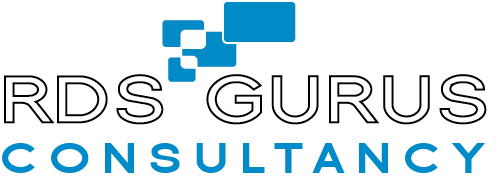If I could ask for $1 every time someone asks me what I think about User Profile Disks (UPDs), I would be retired by now. Some time ago (maybe a long time ago), Eric (from XenApp Blog) and I were having a chat about how to deal with large user profiles due to some testing he was doing with Turbo Containers (by the way, a great tool for many use cases).
Interested on knowing what Microsoft was doing under the hood when UPDs were enabled within an RDS Session Collection, Toby Phipps, a Microsoft MVP for RDS, pointed me to Technet and showed me which commands could enable UPDs using the CLI. With that, Eric tested enabling UPDs within other platforms (i.e. Citrix Virtual Apps) and as expected, everything worked.
Fast forward to today, many people still do not understand what can and cannot be achieved with UPDs and how it compares to other similar technologies in the market. More than that, many still think this is a Microsoft-only technology/feature.
After having a chat with Kevin at FSLogix, it was clear it would be great for everyone if someone could explain exactly what UPD is, where it can be used and how it compares (or maybe complements) to FSLogix.
The result is this whitepaper. It covers everything about UPDs, showing you how to enable it on RDS, Citrix Virtual Apps/Desktops and even VMware Horizon. It then shows you how FSLogix can be used to complement UPDs or even replace it completely.
Of course the idea of using the right tool for the job is always present. Depending on your needs and use cases, UPDs may be all you will ever need. But we felt it was important to show where UPD falls short and for which use cases FSLogix may be the right way to go.
So do yourself a favor and download this whitepaper here.
And if you have any questions, I am sure you know where to find me.
CR
